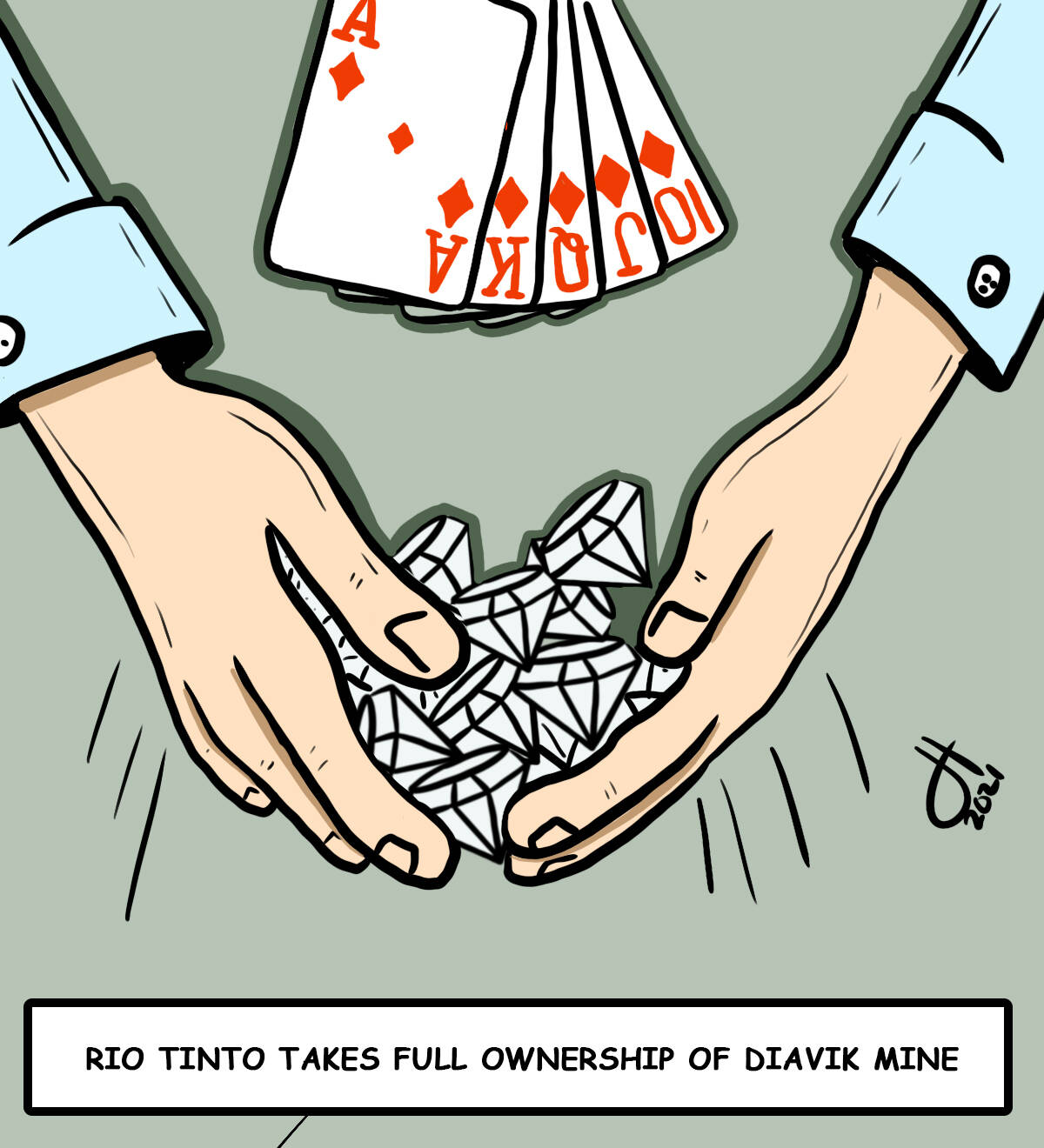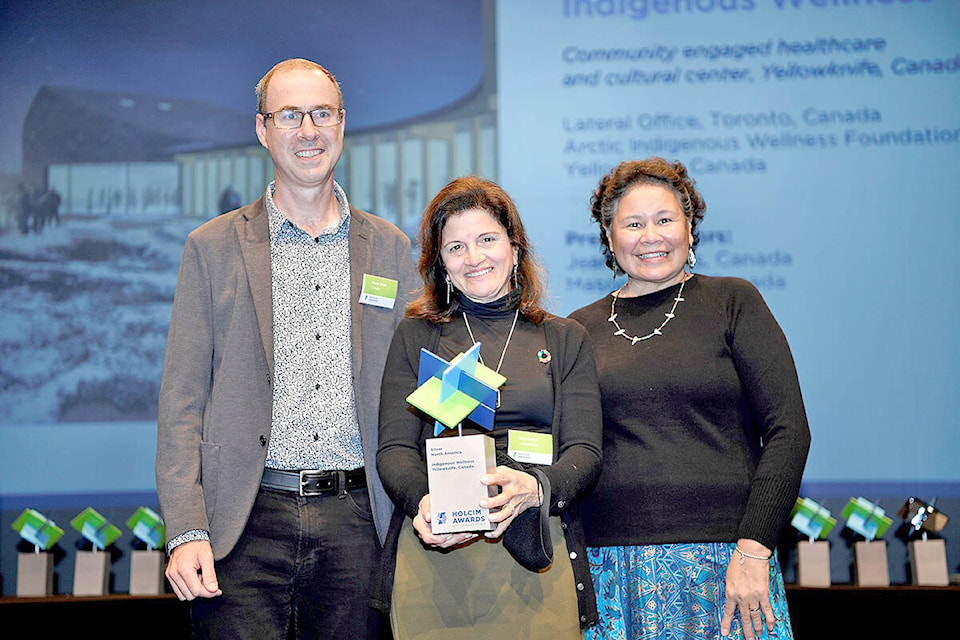Jean and I just got back from Italy. Yes Italy. Jean accepted an award on behalf of the Arctic Indigenous Wellness Foundation (AIWF) of which she is a board member. And of course, I tagged along … as eye candy. Eschia (take it easy eh!)
And no, it’s not true that we came back speaking Italian!!! Hahahahahh.
As many of you know, the wellness foundation is a Yellowknife-based Indigenous organization. It was formed to help revive northern traditional healing services and practices, to offer cultural programming, and to promote Indigenous health and wellness.
AIWF currently operates an on-the-land healing camp just south of the Fieldhouse on the Kam Lake Road. Before the lockdown, the camp offered breakfast, counselling, assistance with sobriety, and culturally relevant activities such as sweats and community feasts. Woohoo.
The Wellness Foundation is also involved in revitalizing traditional medicine, researching Indigenous healthcare delivery, and traditional medicine and food gardening.
The healing camp works primarily with residential school survivors and descendants of survivors. Most people attend the camp because they choose to, a few go because the court says they have to, and about ten percent are referred from other programs.
AIWF wanted to open the camp close to Stanton hospital on land designated for its future building but ran into permit problems due to safety issues related to the location, so they opened it next to the Fieldhouse.
In 2018, The Arctic Indigenous Wellness Foundation was awarded a $1 million-dollar Arctic Inspiration Prize to help them continue their programming with vulnerable populations, such as the homeless. Good stuff, AIWG.
The current prize is a major international award for the design of their future Indigenous Wellness Centre. The design was recognized by the Holcim Foundation for Sustainable Construction, an international organization that promotes sustainable construction globally.
AIWF received $50,000 for the Silver prize in the North America region from more than 250 entries. The building’s design came about through visioning sessions held in 2018 and 2019 with NWT Indigenous youth, Elders, health professionals, and health system stakeholders. Right on.
Jean accepted the prize on behalf of AIWF Board along with Mason White, the architect who co-designed the building. Mason also teaches architecture at the University of Toronto, and he encouraged me to cheer and take pictures so I wouldn’t feel left out. LOL.
What now?
After winning the Holcim Prize, the AIWF team says it is even more motivated to build its stand‐alone building close to Stanton Hospital, from which it will help revive northern traditional and Indigenous‐based healing services and practices. Well yaaaaaaaa.
Building its own building is not an easy endeavor for a non-profit organization. It took the Tree of Peace a decade to build and open its new building in 2004, and we got its first funding as a friendship center in the 1970s.
AIWF is an organization for all northern Indigenous people, which means all major Territorial and National Indigenous organizations should support the organization and its project to build an Indigenous wellness center. Yay team.
Locally, I’m assuming they will form a building or fund-raising committee that consists of the executive director, a few people from the Board, and other people who are familiar with fundraising.
It would probably be wise to designate someone as the building committee’s lead person to push things along, while allowing the executive director to concentrate on his regular duties of running programs and finding funds for the current and new programs.
Fundraising will require sending a series of proposals to multiple funding sources and following up on all of them. So, AIWF might even want to hire a proposal writer, instead of relying on volunteers who are already busy in their own jobs.
The GNWT and federal government should appreciate this centre as it will be doing work that they should be doing, and apparently the GNWT has already promised land near the Stanton Hospital. Three cheers for the GNWT.
I’m sure both governments would also be happy to provide some building and operational funding.
The City of Yellowknife should also be welcoming this venture with open arms, as the land-based healing camp is already helping with Yellowknife’s homeless situation. Operating out of a new building would allow AIWF to offer other related programs.
I would think that should be a tremendous incentive for the City to help AIWF deal with permitting and other local issues. Go City, go.
C’mon everybody, let’s all get behind this great vision of a “Northern healing place that is culturally rooted, Indigenous‐led, and focused on supporting those that need it most.”
Congratulations to the Arctic Indigenous Wellness Foundation on receiving this prestigious international prize.

